There have three main types Smart glass in market: electrochromic smart glass, thermochromic smart glass and photochromic smart glass.
Among them, electrochromic smart glass is divided into several technical routes: One is PDLC type, representing manufacturers such as Polytronix, InnoGlass, DMD, Dream glass etc. The transparent and opaque conversion is realized by controlling the morphology of the liquid crystal molecules.
The second is ITO coating type on glass, there have one special conductive layer on glass surface by ITO coated and the color dimmer is changed by voltage or current conversion, representing manufacturers: SAGA, HALIO, VIEW, etc.
The third type: ITO coated on PET film, then the ITO pet film is attached to the surface of the glass to form an insulating glass, and the color change is realized by adjusting the voltage or current;
In terms of smart glass product application, for indoor conference room, office privacy protection, shower room and product projection application, switchable PDLC smart glass is the best choice.
Switchable PDLC type can realize the instantaneous switching of glass from transparent and opaque, about 1s, for several other electrochromic smart glass, take about 1-3 minutes, which is unacceptable for efficient work, and PDLC products are available in both laminated glass and self-adhesive molds.
Some glass is pasted and modified, the relative cost is relatively low, and the installation is simple. Furthermore, switchable PDLC has a function that other smart glass does not have, which is the projection imaging function. Because of the special product structure of PDLC, it can realize clear imaging of the projection. Used in shop windows, conference rooms, stage sets, etc.;
For PDLC products, compared with other product types, the technology is relatively mature and the cost is relatively economic. Now main manufacturers: Polytronix, InnoGlass, Dreamglass, DMD, etc. every factory have its own advantages. Polytronix is the earliest manufacturer of PDLC products.
DMD pay attention to provide 110V products, relatively single, InnoGlass has strong R & D and quality assurance capabilities, product types cover: 36V, 48V, 65V and 110V, and InnoGlass are going on focus on research and development of low voltage, high transparent and low haze PDLC products, it represents the direction of PDLC product technology.
For other types electrochromic smart glass, thermochromic smart glass and photochromic smart glass, it is more suitable for outdoor door and window glass, roof, curtain wall and so on.
For other products, with Low-E glass to make IGU products, product structure: smart glass +9A/12A+Low-e Glass, but for smart glass like ITO coating technology, because of the limitations of coating equipment, only a full set of finished products can be provided by the manufacturer, which is relatively high in products cost.
For thermochromic and photochromic type, relatively simple processing, such as the thermochromic smart glass products offered by InnoGlass, we can provide self-tint thermochromic film to guide customers to use the PVB lamination line to produce, or InnoGlass can provide the finished product after lamination.
The customer then performs the IGU operation, which has better product flexibility, which is beneficial to cost reduction and wide application of the product.
With the increasing popularity of smart building concepts, smart glass products will usher in greater development!

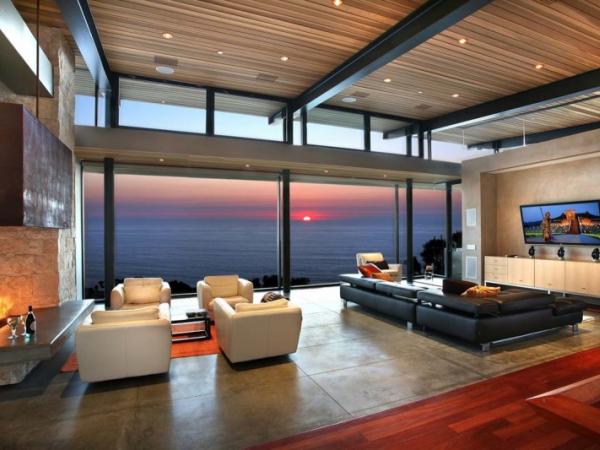

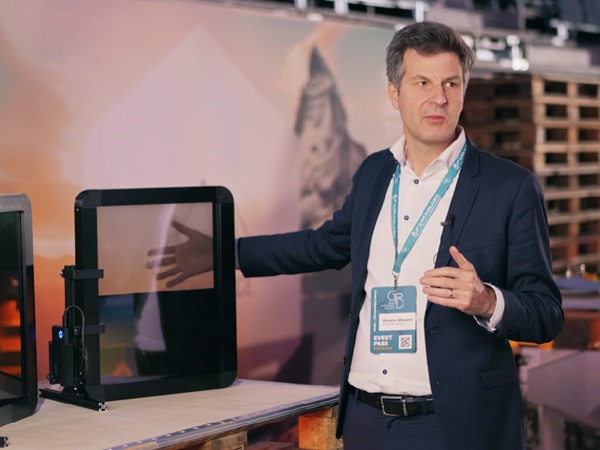
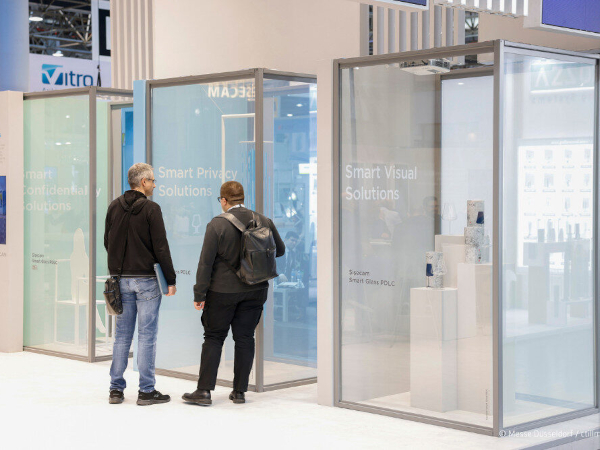
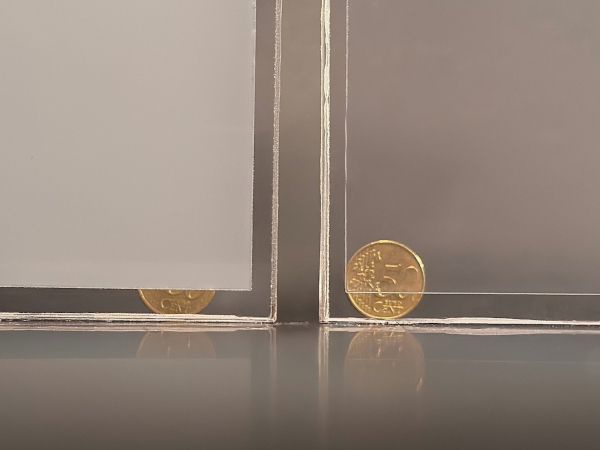
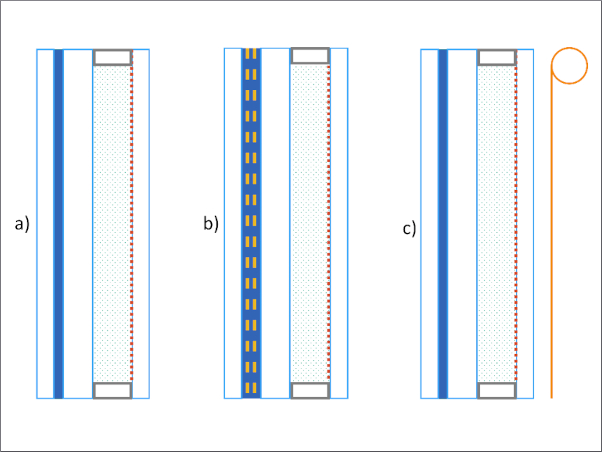
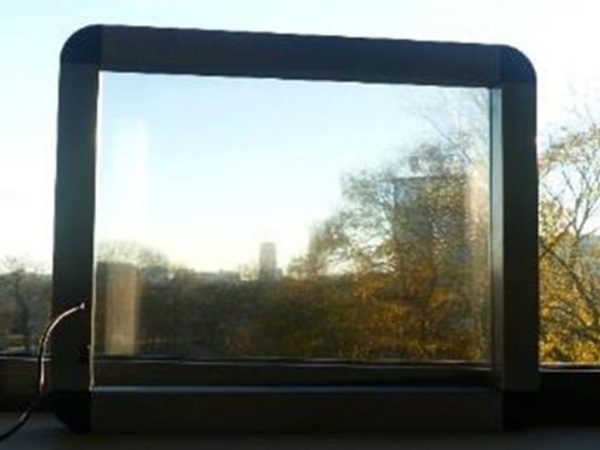
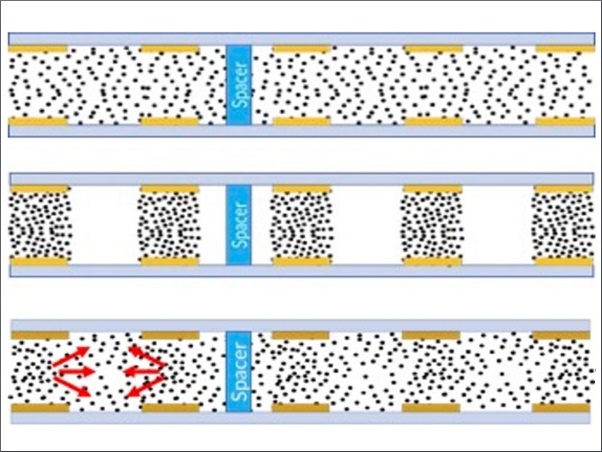



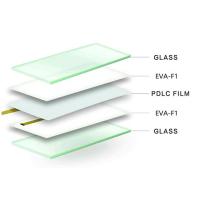
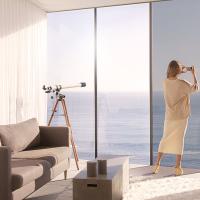
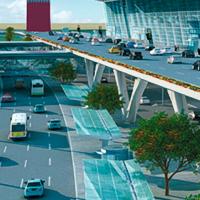
Comments
A small amount of glass is modified and pasted, the installation is easy, and the cost is reasonable overall.